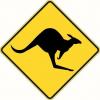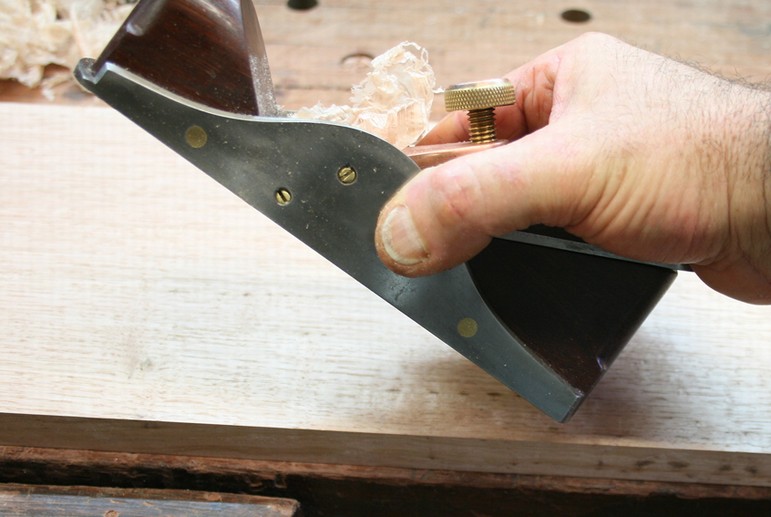Hey all,
I have rehabbed a few old planes that were hand-me-downs from my father. I love to use them for the nostalgia, but for performance I like to use my few 'high-end' Veritas planes. One of my favorite features is the use of set screws for securing the lateral adjustment. I have contemplated modifying an older Stanley by drilling and tapping to add the same feature. Has anyone else tried this? What was the outcome? Is it worth the effort? I have an old #4 that I picked up cheap and I don't mind giving it a try. I figure worse case the screw placement/geometry doesn't work and I can just yank-em out and use as original. I also figured this could help with 'sloppy' lateral adjustment knobs.




 Reply With Quote
Reply With Quote







